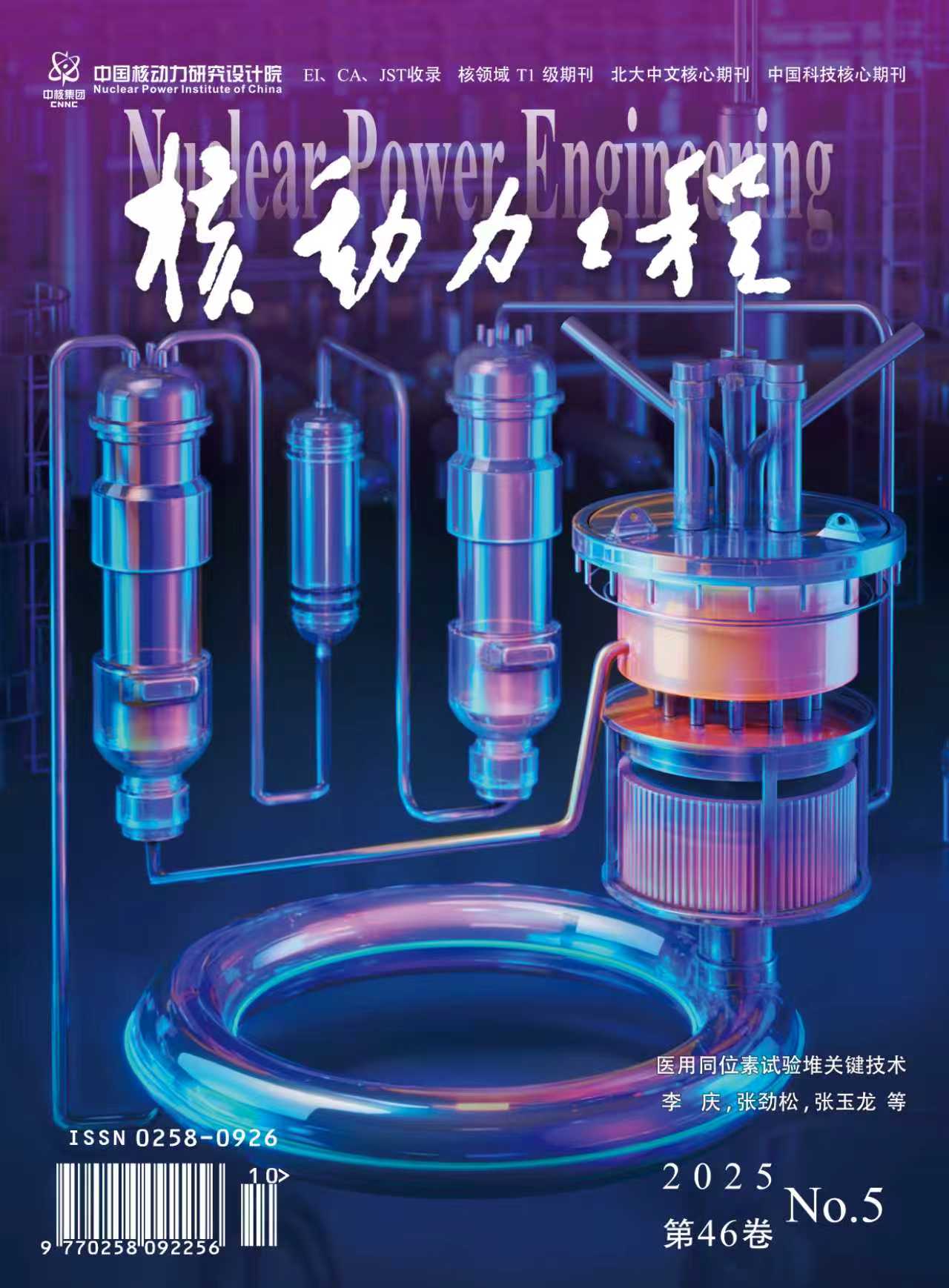Abstract:
In this paper, CPR1000 is taken as the reference unit. According to the Level 1 CPR1000 Probabilistic Safety Analysis (PSA) results, the Large Break LOCA, Intermediate Break LOCA, Small Break LOCA, Station Blackout (SBO), Total Loss of Feedwater (TLOFW) and Anticipated Transient without Trip (ATWT) with Loss of Main Feedwater (LOMF) are selected as the representative design extend condition (DEC) accident scenarios. Using LOCUST and SPRUCE, the thermal and hydraulic codes developed by China Nuclear Power Technology Research Institute Co., Ltd. based on the performance of accident tolerant fuel (ATF), deterministic calculations are carried out for the five types of ATF under development, namely, ATF-1, ATF-2, ATF-3, ATF-4, and ATF-5. Compared with the traditional UO2-Zr material, the accident process, core damage time, system success criteria and personnel response time of different ATFs under the above typical accidents are analyzed. It is found that the lower peak cladding temperature and higher cladding limit temperature of ATF in the accident make CPR1000 unit have greater safety margin, which provides support for ATF material selection. Based on the results of deterministic analysis, the Level 1 PSA model is established for different ATF, and the influence of different ATF materials on the safety of CPR1000 unit is given from the perspective of probability theory. The results show that there is no substantial benefit from the direct application of existing ATF to existing reactors. Based on the deterministic and probabilistic analyses, the development direction of reactor based on ATF is given in this paper.



